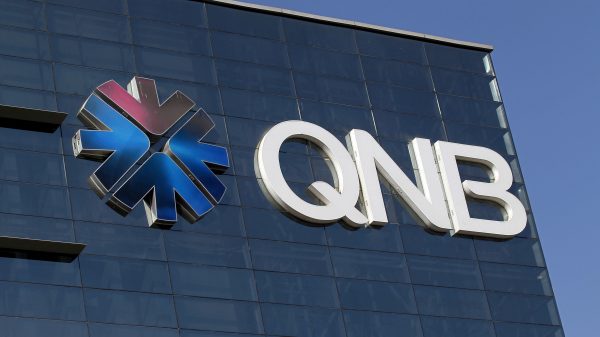MUMBAI: The market for loans against property (LAP), among the borrowing avenues that fuelled runaway growth among nonbanking finance companies until the recent liquidity squeeze, appears to be grinding to a halt as lenders are not keen on increasing their exposure, analysts and industry executives have said.
The borrowing instrument was the preferred tool for small businesses and powered the expansion for the lenders over the past five years.
With NBFCs holding on to cash and the cost of funds going up, LAP has become unviable as rates have been raised by up to 2.5 percentage points, said the people cited above. “We would be conserving lot of liquidity or funding that we would get till such market returns to its normal,” said Ashwini Hooda, deputy MD, Indiabulls Housing Finance. “We would like to keep much higher cash and hence we would be investing all these funds raised in liquidity and not all of it into growth.” Some suggested that the slack could be picked up by others.
“NBFCs and housing finance companies (HFCs) have raised rates by 100-200 basis points, signalling their aggression in LAP is coming to an end,” said Antique Broking analyst Digant Haria. “This can be a golden opportunity for other banks and NBFCs to grab the opportunity.”
Asset-liability mismatches stem from the reliance on short-term borrowings or illiquidity in the underlying asset being financed. Housing finance companies, with a large exposure to developers and large-ticket LAPs, face the challenge of losing both growth and margins. “In segments like LAP/SME/larger ticket home loanswhere balance transfers were prevalent, implied durations for some HFCs sub-4 years vs contracted 15yrs+,” said Credit Suisse in a report. Companies typically borrowed short term, giving an illusion of shorter-tenure assets, encouraging reliance on shorter-tenure liabilities based on the assumption that the loans will be rolled over, it said. The frequency of balance transfers has almost come to a halt under the tighter liquidity scenario.
LAP is an important product for the micro, small and medium enterprises (MSME) sector, which accounts for a third of gross domestic product and employs 111 million people. It represents 45 per cent of manufacturing output and 40 per cent of total exports, according to Reserve Bank of India data.
Tighter liquidity has led to the increased cost of funds for finance companies, which facing difficulty in rolling over liabilities because they rely heavily on market borrowings to fund asset growth.
“These companies liquidity management practices suggest that they can cope with liquidity stress within a multi-week period, after which this ability will weaken considerably,” said a Moodys Investors Service report. “A prolonged period of liquidity stress, which is not our base case scenario, will severely weaken the credit standing of Indian non-banking finance institutions.”
[contf]
[contfnew]
ET Markets
[contfnewc]
[contfnewc]
























































